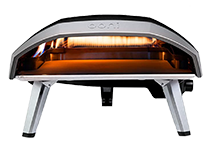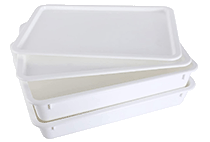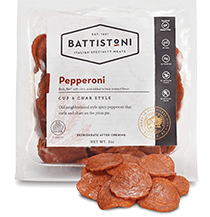Have you ever thought about making pizza dough without yeast? The basic ingredients to make pizza dough are flour, water, salt, and yeast. So it’s hard to imagine that with so few ingredients, you can take one out, and it will still be good.
Key Takeaways:
- Pizza dough can be made without yeast, which is a great option for those with yeast intolerance or allergies, or for those who are short on time.
- Traditional pizza dough uses yeast to create air pockets in the crust, but the earliest pizzas were made with unleavened bread or flatbread.
- A recipe for pizza dough without yeast includes flour, baking powder, baking soda, sugar, warm water, olive oil, and salt. The dough won’t have big bubbles, but it should still taste delicious with your favorite toppings.
Table of Contents
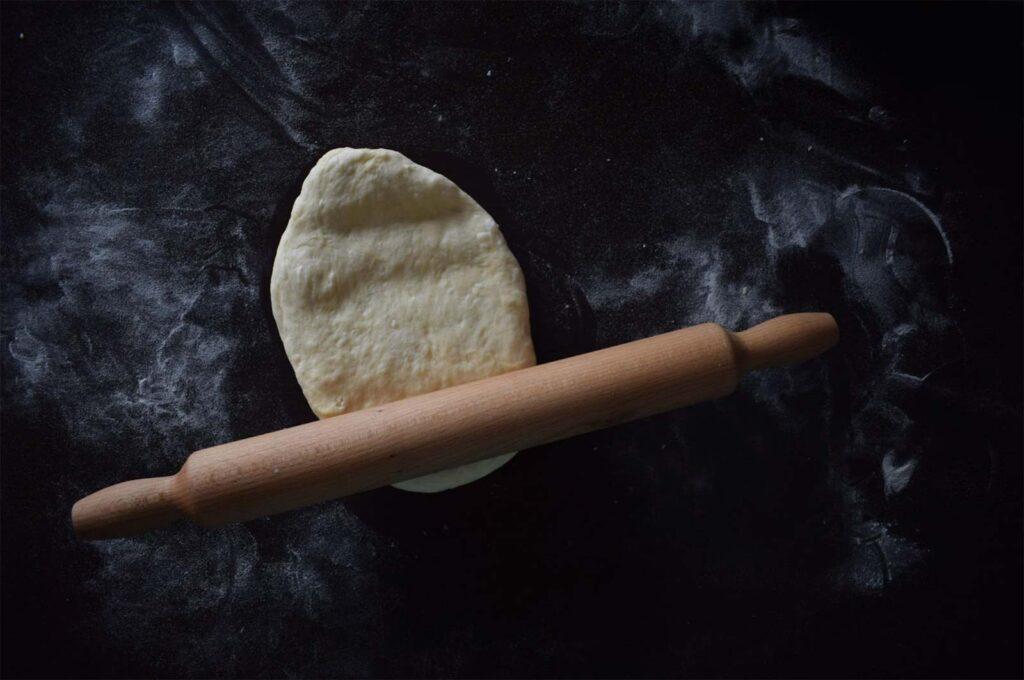
But you can actually make pizza dough without yeast, and it will still be delicious. I mean it’s pizza, of course it will be delicious.
Traditional Pizza Dough
In traditional pizza dough the yeast turns into carbon dioxide creating big air pockets. These bubbly air pockets are what we typically associate with a traditional wood fired pizza crust.
But yeast wasn’t always added to pizza dough. The earliest pizzas were made with unleavened bread or a flatbread, like Indian naan for what is now called Indian naan pizza.
Unleavened bread is bread without yeast. And the first pizzas that were recorded were made with flatbread and herbs.
The first leavened bread dates to around 1000 B.C. The Egyptians, Romans, and Mesopotamians used yeast quite a bit. They made bread, beer, and wine. There’s always more to learn about the science of pizza dough manipulation.
What is Yeast?
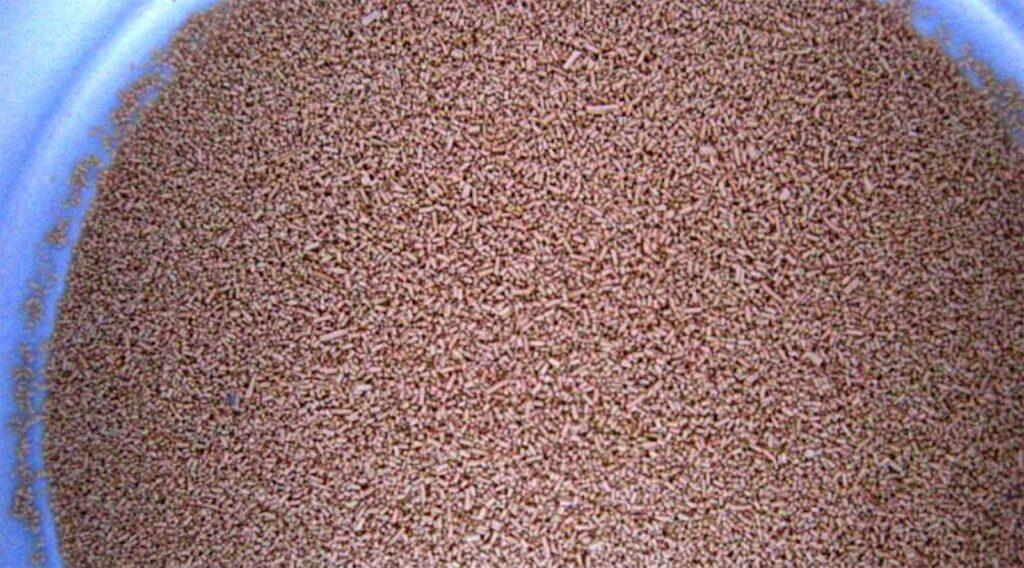
Yeast is a single-cell organism called saccharomyces cerevisiae. It’s a fungus that needs food, moisture, and warmth to grow. It converts sugar into carbon dioxide gas, making dough rise. When heat is added from baking, the yeast dies and leaves air pockets.
While there are tons of different species of yeast, there are only three types that are commonly used in the kitchen.
- Bakers Yeast, an active dry yeast used to make bread, desserts, and pizza dough.
- Brewers Yeast used for making beer. Read more about brewers yeast.
- Nutritional Yeast used as a cheese substitute for vegans.
Fun Fact about Wild Yeast
Wild yeast is a microorganism, and it’s all around you, really. Yeast lives on the surfaces of your home, on your skin, in your body, on your produce, and in your flour. If you want to capture wild yeast for baking, all you have to do is put a piece of dried fruit (unsulphured) into a jar with water. After a few days, the water will fizz with yeast water to use for baking.
Why Make Pizza Dough Without Yeast?
There are a couple of reasons you might want to make pizza dough without yeast. The first one is, of course, time. If you want to make pizza dough and are short on time, making a pizza dough without yeast is quick. You don’t have to wait for the dough to rise. As soon as the ingredients are mixed, you can start cooking.
Another reason that some prefer to bake without yeast is that they have a yeast intolerance or allergy. Yeast intolerance and allergies can cause gastrointestinal problems like nausea, diarrhea, bloating, and gas. Since yeast is a fungus similar to a mold, it can be the root of allergies.
Side note, yeast-free and gluten-free are not the same. Some gluten-free products still contain yeast.
So making yummy baked goods without yeast requires a yeast substitute, and lucky for you, it’s probably already in your pantry.
Pizza Dough Without Yeast Recipe
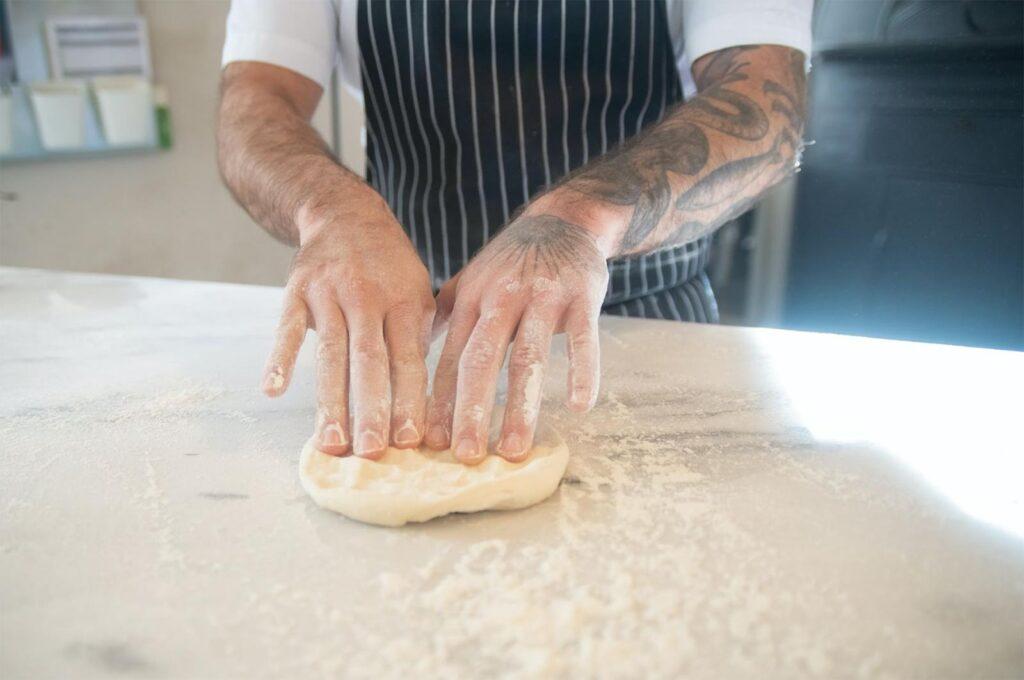
To make pizza dough without yeast, add these ingredients, modified to your number of pizzas and confirmed with a pizza dough calculator. Then just roll out your dough.
- 2 cups of flour
- 2 teaspoons baking powder
- ¼ teaspoon of baking soda
- ½ teaspoon sugar
- ¾ cup of warm water
- 2 tablespoons olive oil
- Pinch of salt
- 1 tablespoon of cornmeal (keeps the dough from sticking to the pizza stone or pan)
Mix the dry ingredients together and add the wet ones stirring with a wooden spoon. The dough will be shaggy. Now, flour up your hands and get in there and knead. You should knead it for 2-3 minutes.
Then form it into a smooth ball. Once it’s in a ball, you can let it rest for five minutes. It won’t rise without yeast, but the resting stage is just to let all of the ingredients mix.
Use that five minutes to prepare your pizza pan or pizza stone by sprinkling a little cornmeal or semolina on it. After the dough has rested, roll it out and transfer it to the pan or stone. Brush the dough with olive oil and par bake on 450º F for five minutes.
Par baking just means to partially bake the dough. It helps the dough maintain shape so the toppings don’t make it too soggy. Then, take it out and add your favorite pizza sauce, toppings, and cheese. Bake for another 8 minutes.
Helpful Tips
- The crust won’t have big bubbles. Without the yeast, there isn’t any carbon dioxide to make bubbles.
- The dough won’t be as starchy as yeast dough but should still roll out fine. Using a rolling pin is helpful.
- Be careful not to roll out too thin because it can become cracker-like unless you like cracker-like St. Louis-style pizza crust.
- Use bread flour if you can because it has more protein and will give the crust a nice chewy texture. If you don’t have bread flour, you can just use all-purpose.
- If you’re lacking flavor, check out our list of things to add to your dough.
Just add your favorite toppings, and that’s it. The lack of yeast in the dough won’t change the flavor. It is more about the texture of the dough. But even so, we found they tasted almost identical. To store your dough, you can use a normal pizza dough proofing box, but remember to separate the doughs with yeast.
If you are on a yeast-free diet or just have yeast sensitivity, you should avoid some of these typical pizza toppings.
- Black and green olives
- Pineapple
- Mushrooms
- Moldy cheeses like blue cheese
- Packaged deli meats and cured meats
Instead, top your pizza with:
- Arugula
- Bell peppers
- Eggplant
- Onions
- Chicken
- Shrimp
- Beef
- Spinach
- Garlic
Whether you are avoiding yeast for health reasons or just simply want a fast pizza dough without yeast and rising time, you should give our recipe a try.
Frequently Asked Questions
What is yeast, and why is it used in pizza dough?
Yeast is a single-cell organism that needs food, moisture, and warmth to grow. It converts sugar into carbon dioxide gas, making dough rise. In traditional pizza dough, the yeast turns into carbon dioxide, creating big air pockets in the crust.
Can pizza dough be made without yeast?
Yes, pizza dough can be made without yeast. A recipe for pizza dough without yeast includes flour, baking powder, baking soda, sugar, warm water, olive oil, and salt. The dough won’t have big bubbles, but it should still taste delicious with your favorite toppings.
Why would someone want to make pizza dough without yeast?
There are a couple of reasons why someone might want to make pizza dough without yeast. The first reason is that they are short on time, as pizza dough without yeast is quick to make. Another reason is that they have a yeast intolerance or allergy, which can cause gastrointestinal problems like nausea, diarrhea, bloating, and gas.
What are some examples of yeast-free pizza toppings?
If you are on a yeast-free diet or have yeast sensitivity, you should avoid some typical pizza toppings like black and green olives, pineapple, mushrooms, moldy cheeses like blue cheese, and packaged deli meats and cured meats. Instead, top your pizza with arugula, bell peppers, eggplant, onions, chicken, shrimp, beef, spinach, or garlic.
Can I substitute yeast with something else in pizza dough?
Yes, you can substitute yeast with baking powder and baking soda in pizza dough. Baking powder and baking soda create a chemical reaction that produces carbon dioxide, making the dough rise.
Let us know what you think. Did you notice a difference in taste?

